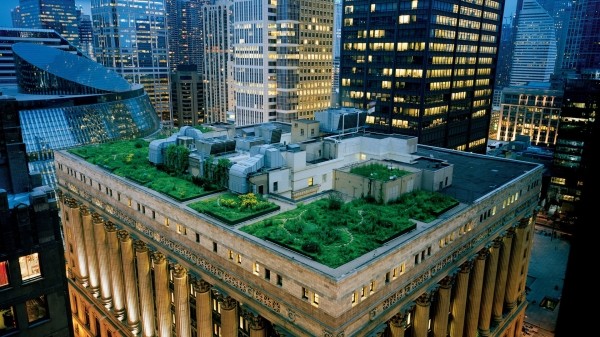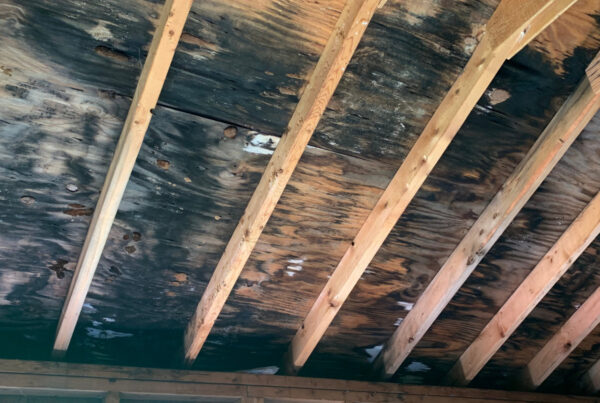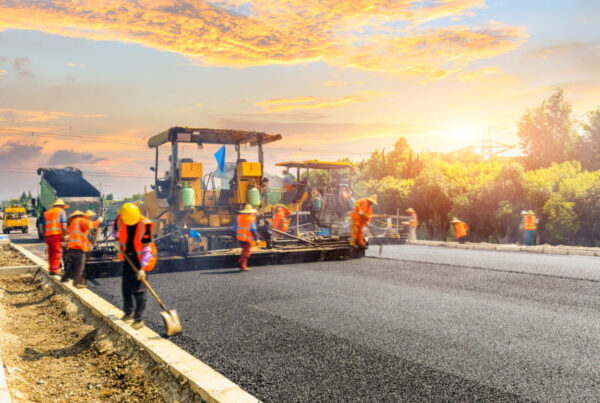A Green Approach to Community Association
Building Maintenance and Repairs
Mark A. Waldman, SE, PE, LEED AP
Waldman Engineering Consultants, Inc.
Today there is lots of chatter about sustainability, green building issues, and reducing our personal carbon footprints. There is also lots of talk about stimulus money and tax credits. Does that mean homeowners associations and condominium boards should be approving the installation of roof-mounted solar panels or wind turbines? Or how about a program to replace all of an association’s windows and put a garden on the roof? Whereas these would all fit the description of green building improvements, many of these are not realistic, economical, or just plan not practical.
We all make choices every day that affect our consumption of energy, water, and air. Being green is really about making a conscious effort to find ways to reduce, conserve, or improve the way we use these resources. It does not mean that boards need to be performing gut rehabs on their existing infrastructure or building exteriors. The purpose of this article is to present some ideas about ways in which condominium and homeowners associations can take a green approach to their building maintenance and repairs.
A bit of history…
The U.S. Green Building Council (USGBC) is the organization generally viewed as coordinating and establishing the standards for green building design and construction. The USGBC (www.usgbc.org) consists of over 11,000 companies and organizations and strives to represent the entire building community. Since 1993, the Council members have worked to develop industry standards, design and construction practice guidelines, operating practices, and educational tools that support sustainability in the built environment. The LEED® Program or Leadership in Energy and Environmental Design is a program established through the USGBC to rate the “green” characteristics of buildings and homes. The LEED® Program is a voluntary program aimed at evaluating or rating the environmental performance from a whole building perspective and providing a definitive standard for what constitutes a “green building.” The rating system is divided into five environmental categories: Sustainable Sites, Water Efficiency, Energy and Atmosphere, Materials & Resources, and Indoor and Environmental Quality. The reference standard for LEED® is LEED v3 2009. There is a publication specifically written for Operation and Maintenance of Existing Buildings.
Green Building Maintenance and Repairs:
Listed below are several suggestions for building maintenance and repairs. Some of these ideas may seem simplistic or, for that matter, already part of any building maintenance program. In today’s society, where many items are considered disposable, including things as significant as the building’s roof and façade, any change in the maintenance practice that adds to the longevity of the building’s components can be viewed as a “green” practice. Given the variability of buildings and their construction, some of these maintenance and repairs may not apply.
Building Exterior and Roof:
Before winter snows begin to accumulate, every roof area should be viewed or accessed. On flat roofs, drains need to be cleared of tree debris and trash. Standing water roofs may have a cooling effect in summer but it also accelerates deterioration on most flat roofing systems and leads to leaks. Wet insulation is completely ineffective in retaining the heat in the living space and wastes energy. Roofs that have mechanical units for heating and cooling also need to be inspected for leaks in duct work or missing insulation. If your building has a steep roof (shingles) with gutter systems, gutters should be cleaned after the leaves are down. Ice damming is not caused by blocked gutters but it certainly isn’t aided by it. All loose and missing roof shingles should be replaced or sealed before winter.
Replacing windows may not be in the budget but replacing, caulking, and sealing window openings and other penetrations that allow air infiltration is a way to reduce energy consumption and increase comfort. The use of low VOC (volatile organic compounds) sealants is also considered a green building practice. Most sealant and paint manufacturers indicate if their products are LEED® approved. In our northern Illinois climate, where freezing temperatures and high winds are common, it takes an opening in the siding of less than only an 1/8 inch around an exterior water faucet to freeze a pipe. By simply caulking these penetrations can prevent air infiltration.
Residences with vinyl and aluminum siding may develop exterior discoloration from mildew and mold residues. These should be cleaned to maintain property standards and prevent deterioration of the finishes. Using non-toxic cleaning agents that may run off into storm water systems or contaminate the ground around the foundation is a green approach to maintaining the siding. Similarly, in high-rise buildings or those with large glass facades or windows that require periodic cleaning, non–toxic cleaning solutions should be employed. Requiring maintenance contractors to use environmentally friendly or LEED® cleaning products and solvents on these areas of the building is considered a green maintenance practice and is a much cheaper alternative to replacing discolored or stained siding.
Mechanical Equipment:
One of the largest areas of energy use in residential buildings, aside from lighting, is the energy needed for heating water for domestic use, such as showering and cooking. There are ways to improve the efficiency without replacing the existing water heating system for a more efficient one. Since domestic hot water is only used a few times during the day, insulating tanks with good quality and properly installed insulation, or installing timer controls on the heating mechanism, are both good ways to reduce energy consumption without affecting the end users.
Many central heating / cooling units operate below their optimum design efficiency or have shortened lives because of poor air circulation due to blocked or poorly maintained filters. Using filter media that is reusable or cleanable is a green alternative. Cleaning the cooling coils is also important in maintaining air flow. Be sure the MERV rating on the filter is compatible with the system. Air quality and the performance of the system go hand-in-hand with the maintenance of the filters.
Lighting:
The USGBC tells us that buildings use seventy-two percent (72%) of all electricity generated in the U.S. and contribute thirty-eight percent (38%) of all carbon dioxide emissions. Reducing electricity use by installing more efficient light bulbs is a simple way to save energy and the environment. CFL’s or compact fluorescent light bulbs are one type of bulb that achieves this by generating equal amounts of light while consuming kilowatts of energy. Additionally, using timers or photocells to actuate the exterior building lights will reduce energy consumption. Be sure the maintenance staff adjusts the timers seasonally to maximize the safety and security of the residence and minimize the energy consumption.
When maintenance isn’t enough:
It is understood that maintenance of a building’s infrastructure and exterior envelope is critical although often deferred or neglected. When annual maintenance or repair costs for a major system or component exceed fifteen percent (15%) of its replacement cost, however, it may be time to consider replacing the element. At that time, careful consideration of the alternatives is necessary. There are often competing priorities in the area of “green” construction (e.g. insulated vinyl or fiber cement siding) comparing the differences between two materials on the basis of life cycle costs (sustainability) and energy efficiency. The key thing to remember is that there are LEED Accredited Professionals (LEED AP’s) in most every area of building construction and maintenance to help you evaluate “green” alternatives. They will present options that allow for side-by-side comparison of the products and materials and cost alternatives.
As I alluded to previously, there are many ways to achieve “green” improvements that do not necessitate drastic measures like installing solar collectors on the roof. Life style changes that include reusing, recycling, and repairing (i.e., taking reusable grocery bags to the super market, or using public transportation two days a week to get to the office) are all ways to save energy and natural resources. There may be differing views on global warming but going “green” and saving the environment is synonymous to saving money on the association’s operating and maintenance costs.
If a major repair or renovation is in your association’s future it would be wise to consider using a consultant that is a LEED AP or qualified energy professional. Given the incentives the government is currently providing for tax credits through the economic stimulus package, H.R. 1: Div. B Sec. 1121 (The American Recovery and Reinvestment Act of 2009), there are changes to the standards for windows, doors, and skylights that qualify for federal tax credits. It is important to note that not all Energy Star products qualify for these programs. There may also be local requirements for roofing materials to meet minimum standards for reflectivity as with the City of Chicago Energy Code. A qualified design professional can walk you through the necessary requirements and insure a successful repair or replacement that meets local federal regulations. Visit the USGBC website for more details on green building and renovation and maintenance and listings of professionals in your locale. www.usgbc.org




